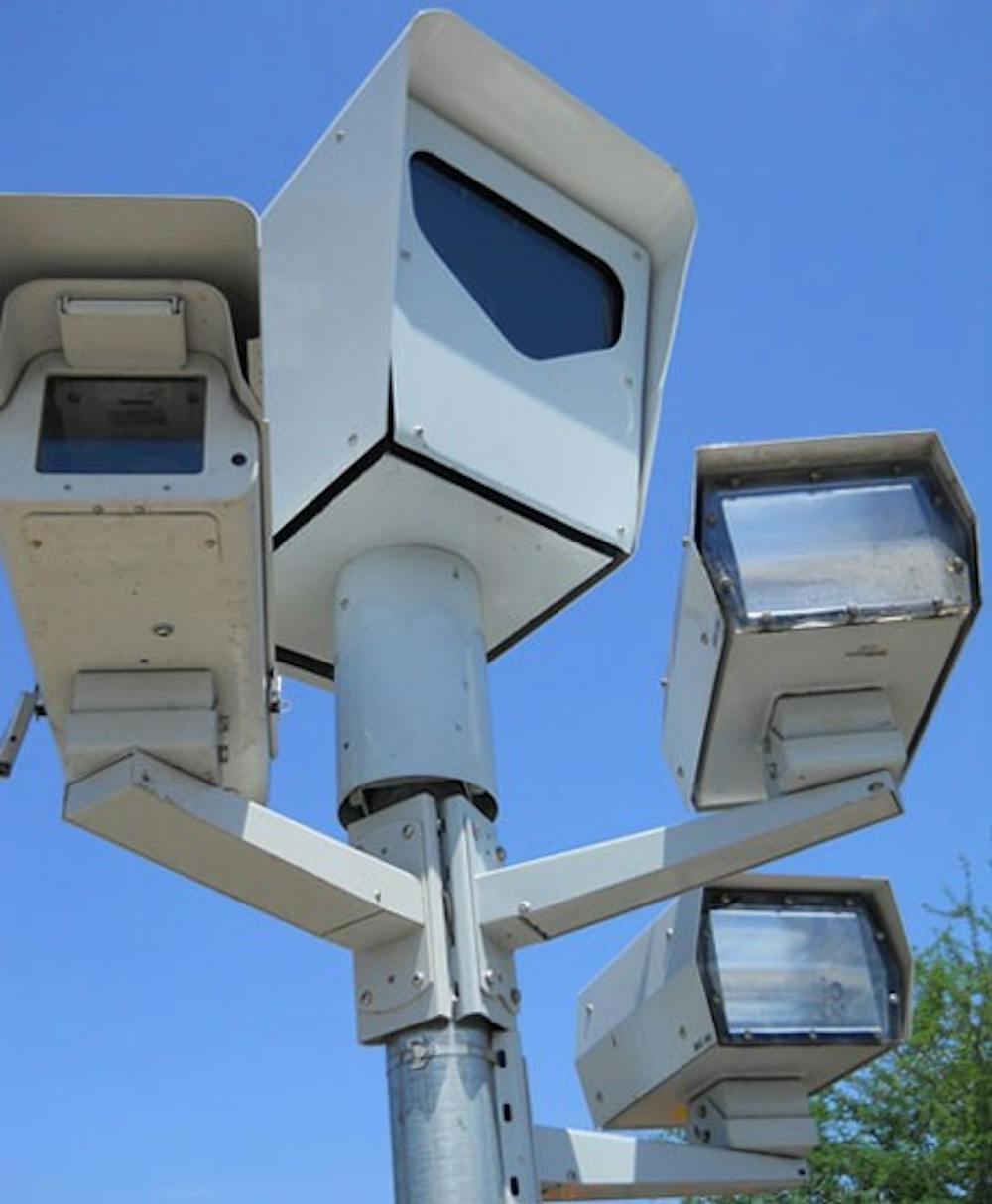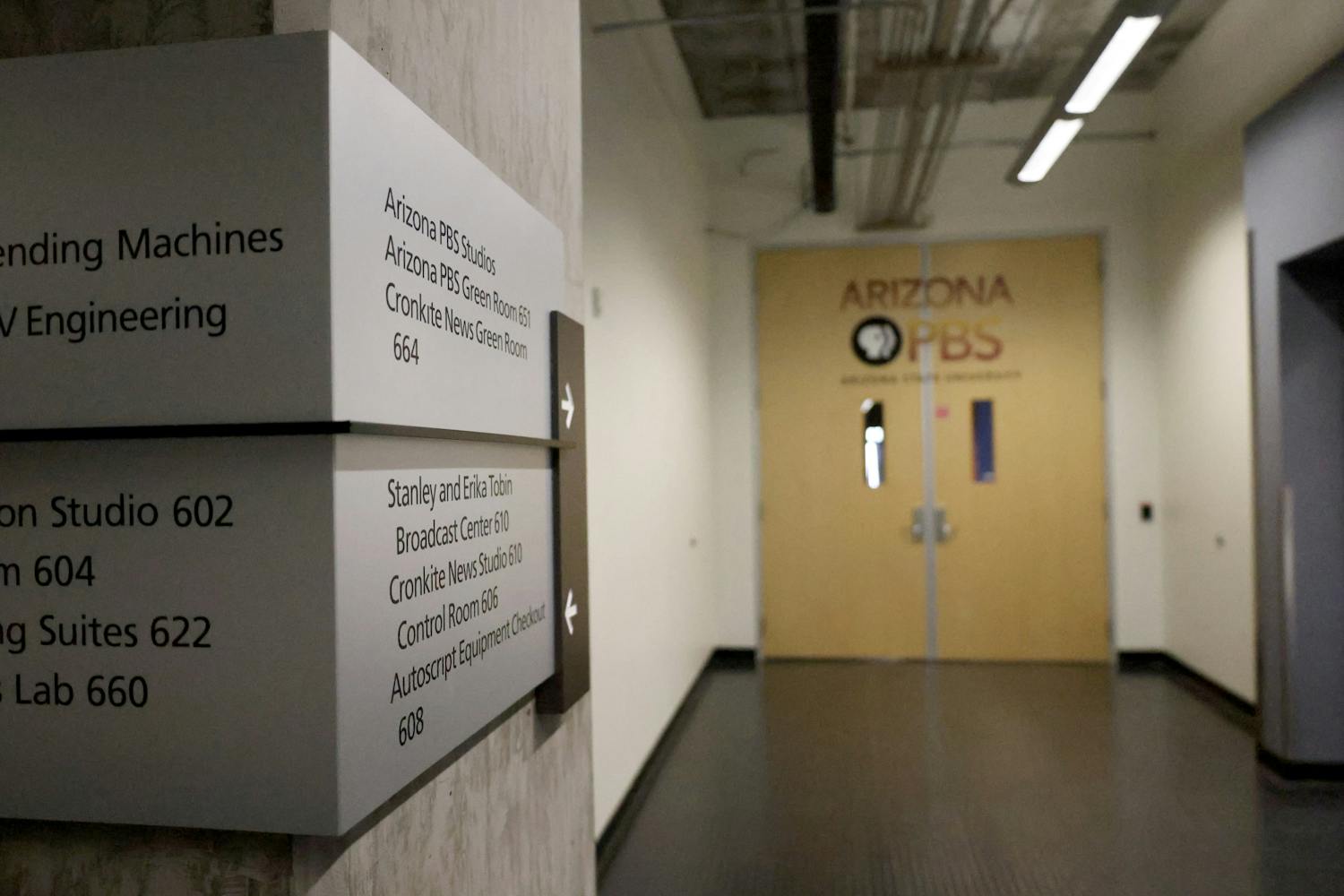Tempe officials plan to renew the city’s photo enforcement program for one year, starting July 18, while the Arizona Department of Public Safety’s program ends July 15.
“The photo enforcement program was designed to promote the safety of our community and is intended to be an effective tool in reduction of traffic collisions, leading to fewer injuries and lives saved,” Tempe police spokeswoman Molly Enright said in an e-mail.
There has been a 16 percent reduction in the number of motor vehicle crashes since the cameras were installed in 2007, she said.
The cameras are provided by Redflex Traffic Systems, which has contracts with 14 Arizona cities.
All drivers must pay a $171 fine when they get flashed.
“Red light cameras have been proven to be effective in reducing red light violations and right-angle crashes,” Enright said. “Cities using these systems consistently report safer roads with fewer intersection collisions.”
Shawn Dow, the chairman of the group Arizona Citizens Against Photo Radar, said he is trying to get an initiative or referendum on the ballot against photo radar in Tempe.
Some cities, like Peoria, have seen an increase in accidents due to camera instillation, he said.
“It’s all about money,” Dow said. “It has nothing to do with improving safety. The safety factor was just a marketing plan by the photo radar companies.”
He said he thinks DPS is ending its contract because of the public’s “backlash.”
Cities haven’t followed suit, he said, because of their budget problems.
“They are starving for money and they absolutely don’t care if this violates your constitutional rights or not,” Dow said.
Bart Graves, a spokesman for DPS, said mobile camera units will be removed July 15, and fixed cameras will be removed gradually from state highways.
“They will be turned off, so they will not flash anymore,” Graves said.
The contract cost $20 million for two years during which the state made about $65 million, he said.
Shoba Vaitheeswaran, director of communications for Redflex Traffic Systems, said the cameras reduce the number of collisions and fatalities and allow officers to focus on other issues like DUIs, but it “certainly is not a panacea for road safety.”
Sometimes there are increases in rear-end collisions because of the cameras, she said, but generally accidents decrease.
If an officer is stationed on the side of the road, rear-end collisions also can go up, as well as when traffic lights are added at an intersection.
“It’s because people don’t expect that to be there,” Vaitheeswaran said, but people can get used to the changes.
Reach the reporter at reweaver@asu.edu





